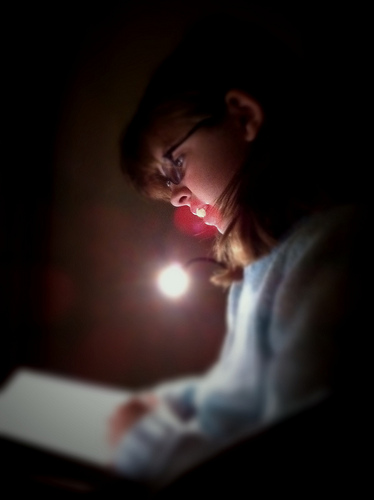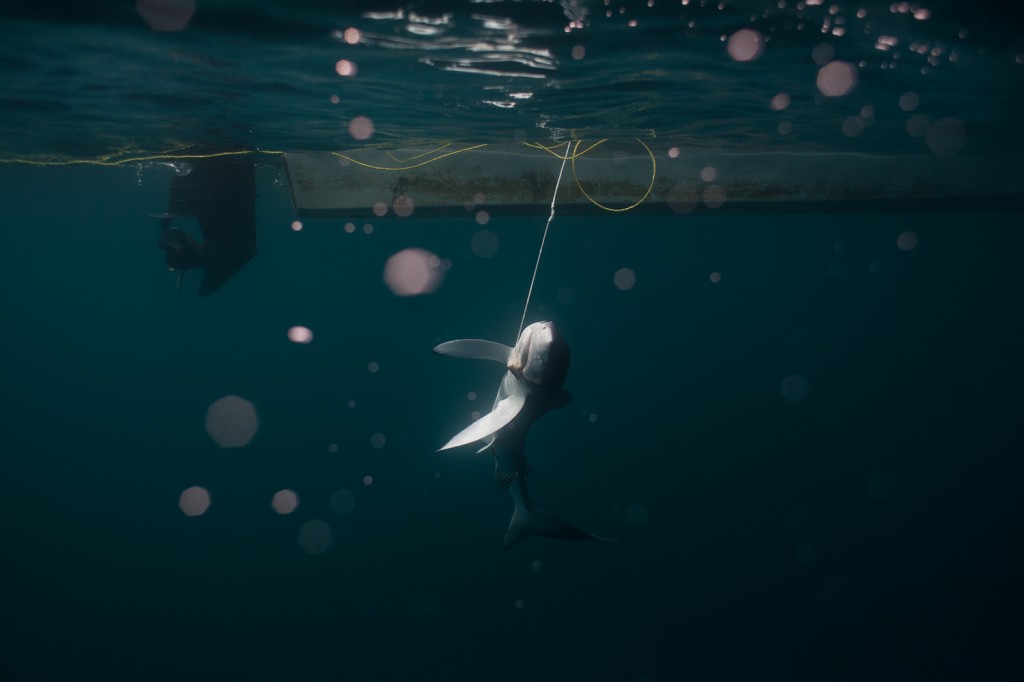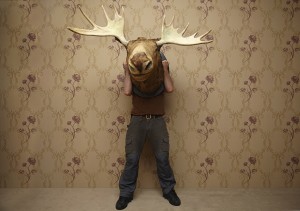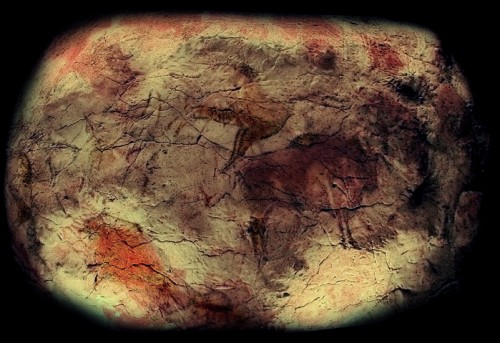You probably know this. In August, 1939, Einstein wrote a letter to the American government. German scientists had announced that the energy holding an atom together could be released – in fact, 2.2 pounds-worth of uranium atoms would equal 10,000 tons of TNT. Einstein said this implied a new kind of bomb that Hitler’s government was surely building. In December, 1941, the American physicists figured out how to build one themselves and coalesced under the auspices of the Manhattan Project. The feeling on the Manhattan Project, wrote one physicist’s wife, was, “You’ve got to get it done; others are working on it; Germans are working on it; hurry! hurry! hurry!” In August, 1945, American atomic bombs flattened Hiroshima and Nagasaki, and a couple hundred thousand people died. One Manhattan Project scientist said, “Now we are all sons of bitches.”
You might not know this. In April, 1945, the Alsos mission run by American scientist/spies scooped up the German atomic scientists, imprisoned them for six months in an English country house called Farm Hall, bugged their rooms and taped their conversations. Turns out the German scientists had never gotten anywhere near a bomb. In 1992, the transcripts were made public.
Dear God, somebody get hold of those transcripts and write a play! Continue reading







